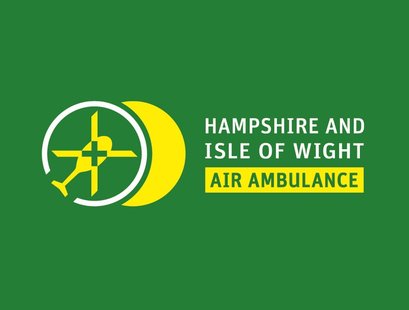|
Interesting little article regarding air to ground radio comms - relevant to holders of UK ROCC INSTRUCTIONS FROM AIR GROUND COMMUNICATIONS SERVICE (AGCS) OPERATOR Report Text: I was carrying out a flight to [ ]. Despite flying the planned route many times previously, I read numerous sections of the AIP, including the entry for [ ] to make sure I was up to date with procedures. I free called [ ] Radio requesting joining information. I received the airfield details which I read back and joined overhead as per published procedure. On landing I was holding the nose of the aircraft off the runway and slowing down without brakes when the AGCS told me to, "vacate at Bravo". Once I had slowed the aircraft I vacated at B and was instructed by the AGCS operator to, "Taxi to the end of Bravo and park on the concrete as the grass is soft". I was fully aware that an AGCS cannot give instructions, however I complied with them as they know the surface conditions better than I do and understood they were only trying to help. On departure I again called [ ] Radio asking for taxi information for a flight to [ ]. I was given the airfield details and also a taxi instruction to, "Taxi to holding point Alpha". Again, I know that AGCS cannot give taxi instructions and due to my pre-flight planning I had already decided that I was going to taxi to Alpha anyway. To somebody who has an understanding of the different types of Air Traffic Service Unit (ATSU) it wasn't such a big problem; however, I see more and more students as well as PPLs who are confused by the three types of ATSU and actions like the one described above only further blur the important distinctions between the services. I recently witnessed a runway incursion where a pilot simply taxied onto an active runway in front of a solo student at an AFIS unit without calling because he thought AFIS didn't control him on the ground. Ignoring the pilot’s disregard for the basic rules of the air, his understanding that he could line up at an AFIS unit without approval stemmed from his misunderstanding of the services which is only exaggerated when airfields don't stick to the rules. The solo student had to go-around from low level to avoid a collision. What makes matters worse is I train students in correct RT procedures and the limits of the services and when they fly to other airfields expecting one thing and receive something totally different it doesn't just confuse them - it also makes my teaching look incorrect. Lessons Learned: - As AGCS operators only have to pass a Radio Operator’s Certificate of Competence (ROCC), are not technically licensed and are not as closely regulated as Flight Information Service Officers and Air Traffic Control Officers. I believe a simple letter or information poster being sent to holders of a ROCC may help to reduce the amount of incorrect phraseology and services being provided. Comment: The AGCS operator was undoubtedly trying to be as helpful as possible but the reporter is correct in highlighting the risks of allowing the Air/Ground service to stray from information to instructions. Despite the use of the call sign “xxx Radio”, which identifies the service as an Air/Ground service, inexperienced pilots are particularly at risk of treating AGCS instructions as authoritative.
1 Comment
Hampshire and Isle of Wight Air Ambulance (HIOWAA) today unveiled a new brand identity to coincide with the charity’s 10 year anniversary. Since the charity’s first operational flight in 2007, the service that the Air Ambulance provides to the community has evolved considerably and the new brand identity will reflect these changes.
www.hiowaa.org/latest-news/hampshire-isle-wight-air-ambulance-unveils-new-brand-identity/ Oil & Gas UK have launched drone guidelines to industry in the form of the ‘Unmanned Aircraft Systems (UAS) Operations Management Standards and Guidelines’, in partnership with an expert panel, including Green Deck Operations Ltd.
Simon Jones, owner of Green Deck Operations, a company providing helideck and crew support services to the offshore and super yacht aviation sectors as well as HEMS support services was part of a panel of experts selected from Oil & Gas UK tasked with the development of these groundbreaking UAS guidelines for the UK Oil & Gas industry. The group consisted of representatives from three major oil and gas companies, BP, ConocoPhillips and Shell as well as two of the UKs leading drone operators, Cyberhawk and Sky-Futures. Mick Borwell, Health, Safety and Environment Director at Oil & Gas UK, said: “The technology is particularly attractive for its use in improving safety. For example, sending unmanned aircraft instead of people into confined spaces to conduct inspections reduces risk, and is also effective and efficient. We expect their usage to grow.The intention is to encourage offshore operators planning on using this emerging technology to think about the whole operating and safety system offshore and not just the air vehicle. The guidelines have evolved from lessons learned in recent years and provide information about best practice, procedures and the certification needed to be compliant with UAS regulations.” |
|
